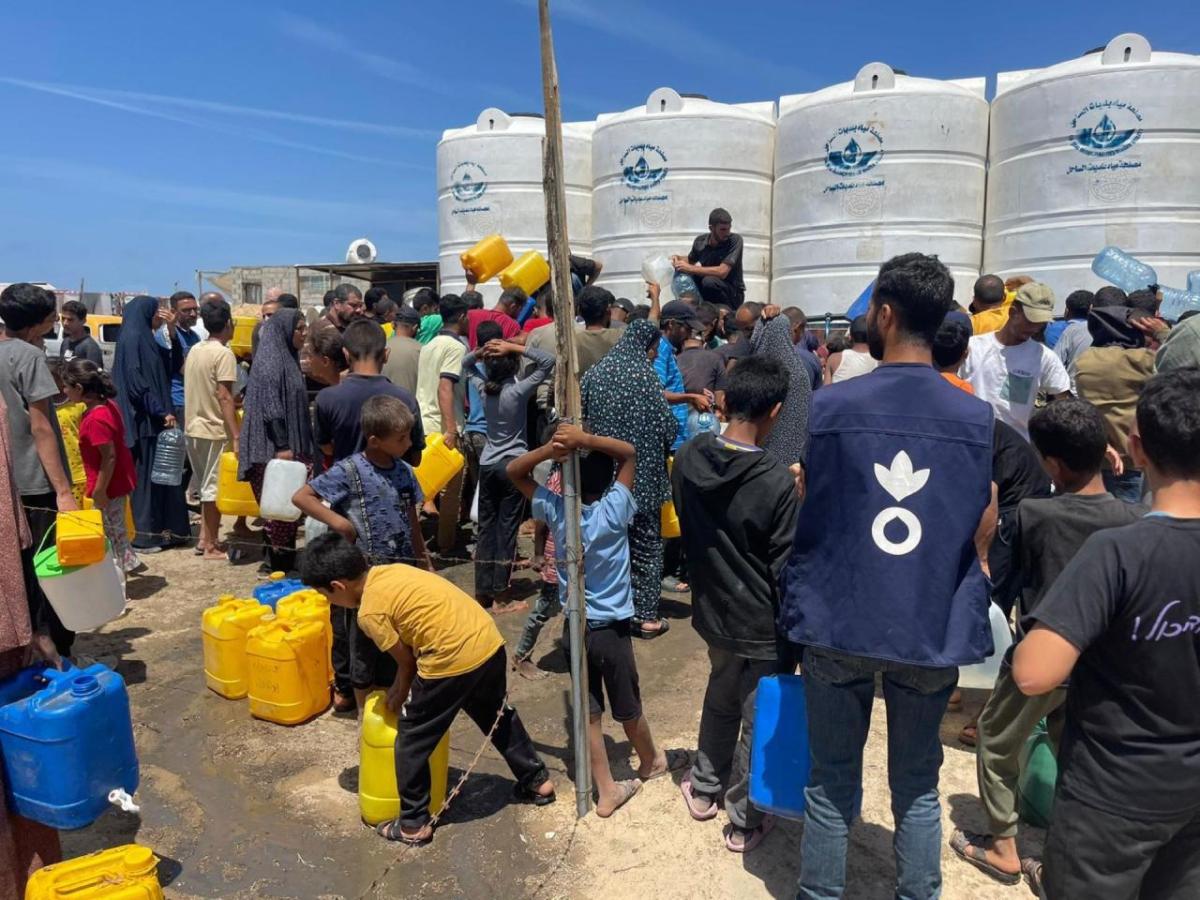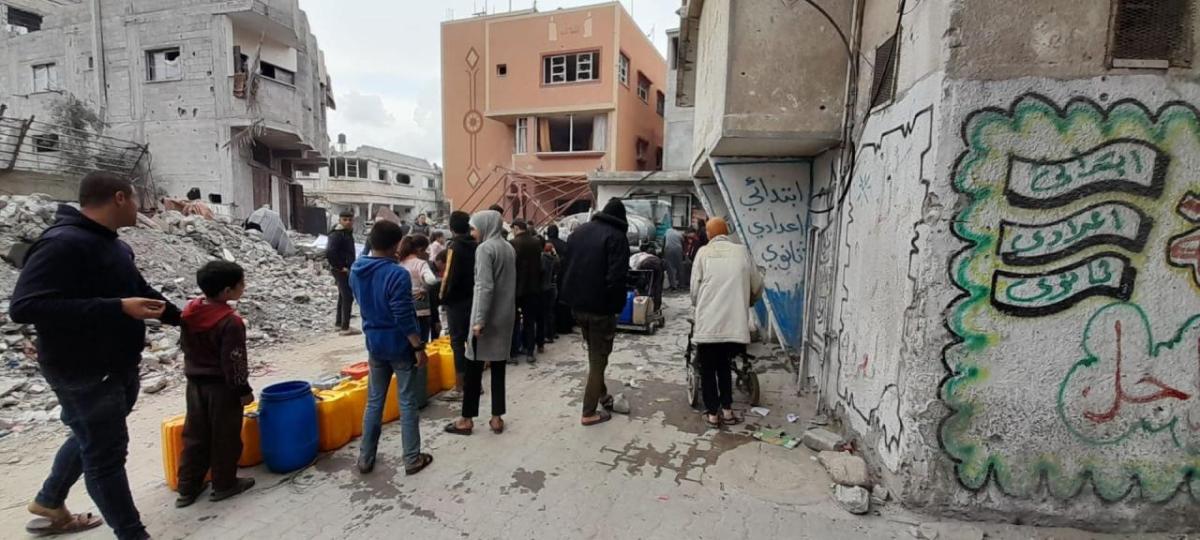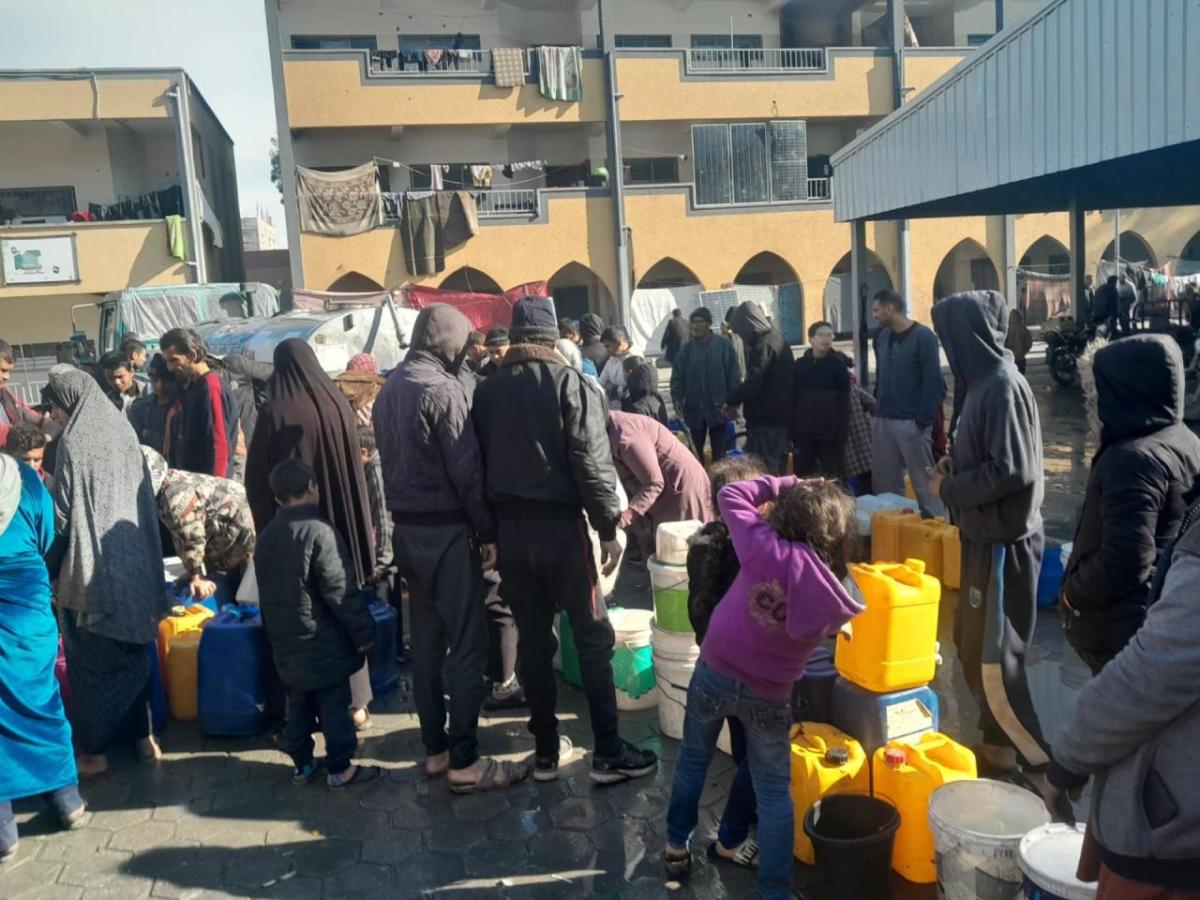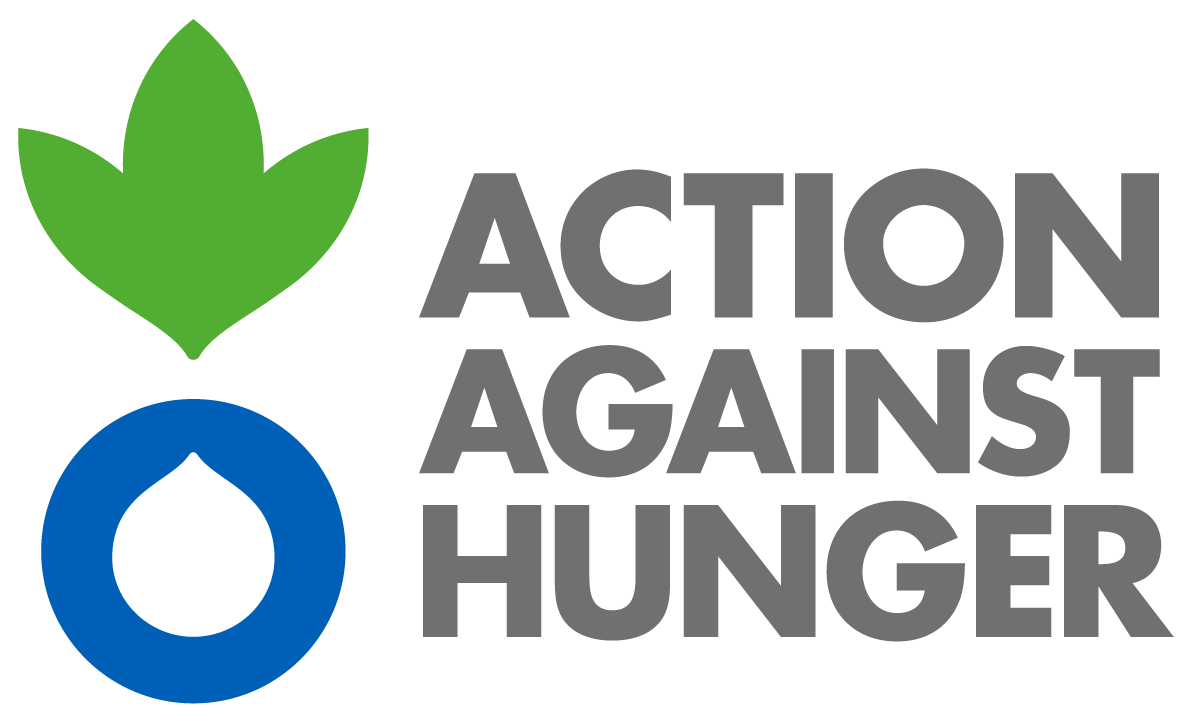All of Gaza Now at Risk of Famine
Over 2 Million People Face Acute Food Insecurity
June 26, 2024 /3BL/ - Approximately 96% of Gaza’s population of 2.15 million people face high levels of acute food insecurity and the entire region is now at risk of famine, according to the alarming analysis released yesterday by the Integrated Food Security Phase Classification (IPC) Famine Review Committee. In December 2023, the IPC report indicated that 2 in 10 Gazans were one step away from famine; in March 2024, the figures revealed that 5 in 10 were. Now, everyone in Gaza is at risk.
The latest IPC report shows that all of Gaza is experiencing emergency (Phase 4) levels of food insecurity, while almost half a million people are still facing catastrophic levels of acute food insecurity (Phase 5), the highest grade on the IPC classification scale. The IPC and humanitarian leaders including Action Against Hunger are warning that the situation is very likely to rapidly deteriorate into famine due to the unpredictability of the conflict and challenges to humanitarian access.
"Hunger and impediments to humanitarian work are being used as weapons of war in Gaza, as the latest IPC food insecurity analysis shows," said Natalia Anguera, Head of Middle East Operations at Action Against Hunger.
"The obstruction of humanitarian aid workers’ movement along the Strip, and therefore inability to collect sufficient data, leads to a lot of uncertainty regarding the situation in Gaza, especially about the situation of the most vulnerable. If the parties to the conflict and the international community wait to act until a famine classification is made, it will be too late. We will have collectively failed to save preventable deaths," explained Anguera. "Today we know that more than half of the 2.3 million people in Gaza have no food at home. This must not continue for another day. It is urgent that humanitarian organizations like ours can reach all the people in need."
There has been a decrease in the number of people experiencing emergency levels of hunger, or worse, thanks to food deliveries and nutritional care provided in the north in recent months by aid organizations like Action Against Hunger. However, that is not enough. The availability of basic food staples is extremely limited, and severe price inflation has created economic barriers that prevent people from accessing what little food that is available.
"Even when families do get some food, many do not have cooking utensils, water or fuel with which to cook. The population is already very fragile. The only way to prevent and stop famine is with a ceasefire that allows a full multisectoral humanitarian response,” explained Hélène Pasquier, Food Security and Livelihoods Manager at Action Against Hunger.
For the past eight and a half months, Action Against Hunger’s humanitarian response has included nutrition support, solid waste management, water trucking, and the distribution of fresh and dry food, hot meals, and hygiene and shelter kits. Despite the escalation of the conflict, in recent weeks, Action Against Hunger teams built a kitchen to deliver hot meals to thousands of displaced people. The organization has been working in Gaza since 2005 and has reached more than 800,000 people in Gaza since October 2023.
“Most agricultural land, wells, roads and other areas essential for producing, processing and distributing food have been destroyed. This, coupled with the blockade, has created an unsustainable dependency on humanitarian aid in Gaza,” said Pasquier. “It will be key to rehabilitate food production systems as soon as it is viable.”
About Action Against Hunger in the Occupied Palestinian Territories
Action Against Hunger has been working in Gaza since 2005 and the West Bank since 2002. Since Oct. 7, Action Against Hunger teams have reached over 800,000 people, including 709,000 through water, sanitation, and hygiene (WASH) programs. Assistance includes distributing hot meals and hygiene kits; trucking clean water to communities; connecting people with shelters; and providing assistance with removal of solid waste management.
Watch a video about Action Against Hunger's work in Gaza: Everyone in Gaza is now at risk of famine (youtube.com).
About Action Against Hunger
Action Against Hunger has been working in Gaza since 2005 and the West Bank since 2002. Since Oct. 7, Action Against Hunger teams have reached over 800,000 people, including 709,000 through water, sanitation, and hygiene (WASH) programs. Assistance includes distributing hot meals and hygiene kits; trucking clean water to communities; connecting people with shelters; and providing assistance with removal of solid waste management.




